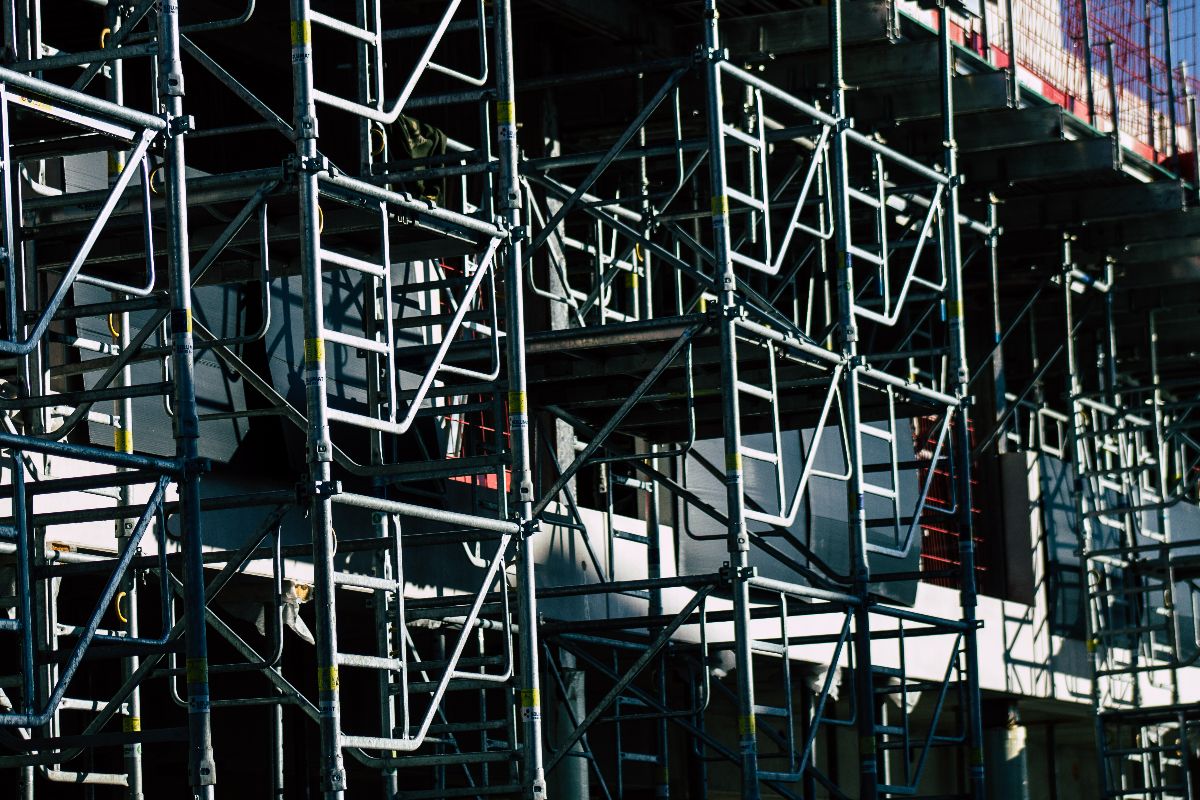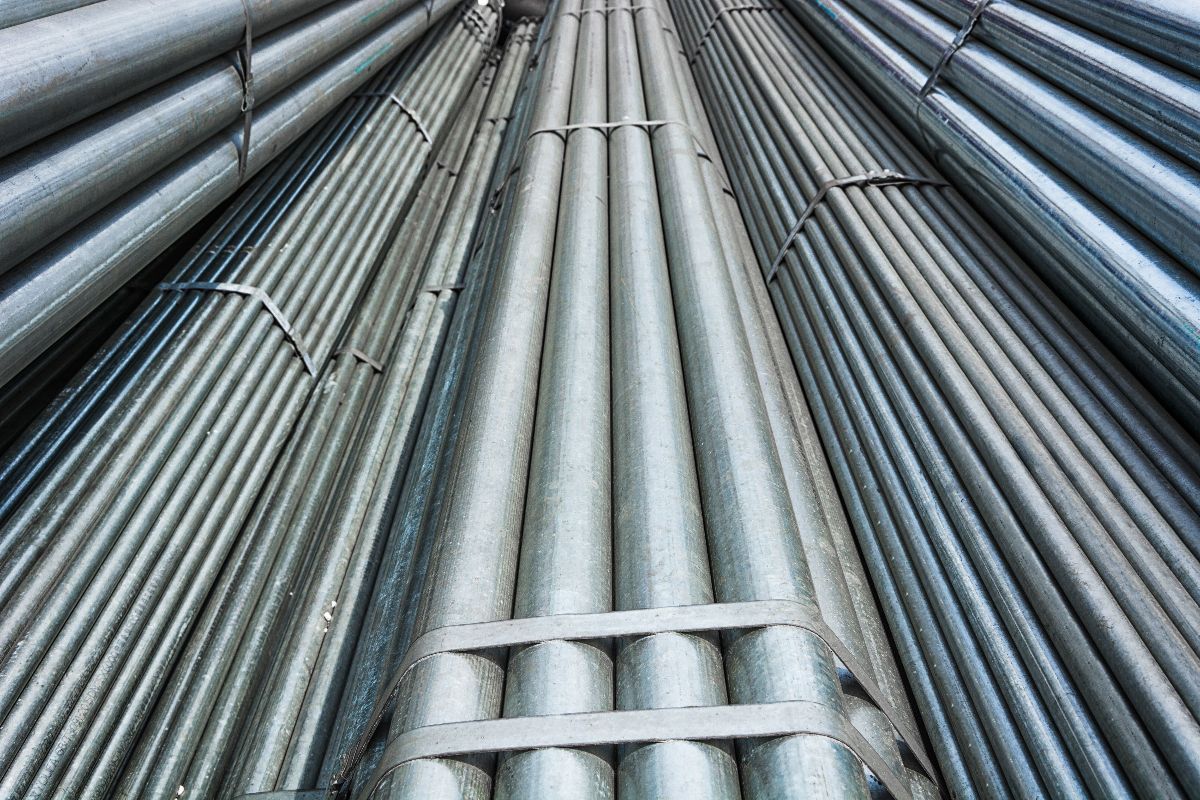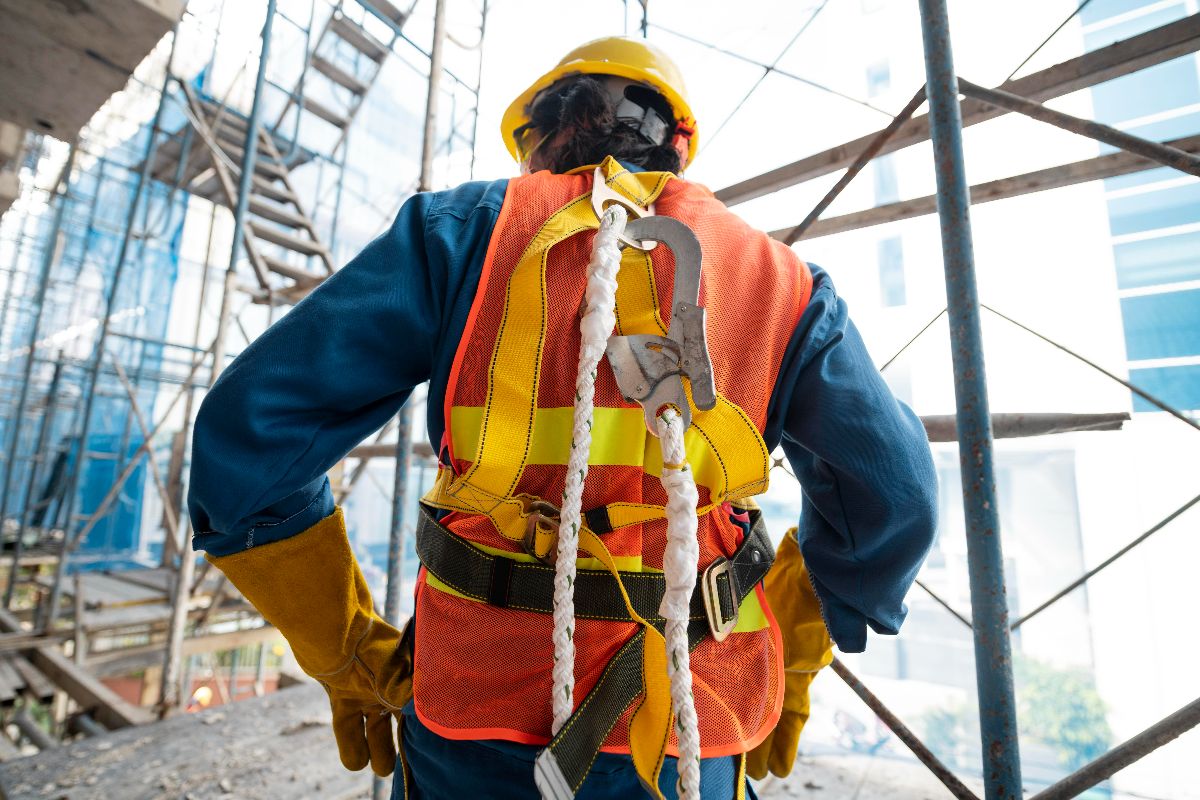
5 Essential Safety Measures for Working with Steel Scaffolding
What are the essential safety measures for working with steel scaffolding?
- Follow regulatory standards and safety codes
- Use quality materials and conduct regular inspections
- Ensure proper installation and secure assembly
- Provide fall protection and personal protective equipment (PPE)
- Maintain scaffolding and ensure safe access points
Overview
- Working with steel scaffolding safely requires strict adherence to regulations, quality materials, proper installation, routine inspections, and effective fall protection.
- Maintaining scaffolds, providing stable access points, and using PPE reduce accidents while supporting productivity on Philippine construction sites.
- Supreme Steel Pipe Corp. offers TUV Rheinland-certified, PS Mark-approved scaffolding systems designed for strength, reliability, and compliance.
Experienced supervisors and contractors recognize that steel scaffolding poses safety challenges on construction sites. Heavy rainfall, uneven terrain, and strict regulatory standards can endanger workers and projects if teams fail to manage them properly.
Managing these challenges requires constant vigilance, professional oversight, and awareness of potential hazards. Identifying these risks helps maintain compliance, reduce accidents, and protect personnel and project timelines.
To support these priorities, this article takes a closer look at essential safety measures for working with steel scaffolding, offering practical steps to strengthen site safety.
Follow Regulatory Standards and Safety Codes
The Department of Labor and Employment (DOLE) sets clear codes to ensure scaffolds are assembled, modified, and dismantled by trained personnel using certified materials. This reduces the risk of accidents and protects workers on site.
Observing load limits, using approved scaffolding materials, and maintaining documentation of designs and material tests help safeguard both projects and personnel, while reinforcing accountability across the team.
Integrating these standards into daily operations, from inspections to enforcing fall protection, turns safety into a routine, not a formality.
This approach strengthens site culture, clarifies expectations for workers, and minimizes both accidents and project delays.
Use Quality Materials and Conduct Regular Inspections

The reliability of scaffolds begins with using high-quality, certified steel pipes, couplers, and planks. These materials provide the strength needed to handle heavy loads and environmental stress. It ensures that structures remain stable even under challenging conditions.
Consistent inspections complement strong materials. Daily pre-shift checks and post-use evaluations help identify loose fittings, corrosion, or damaged planks early, preventing small issues from escalating into hazards.
Maintaining detailed logs of inspections, repairs, and replacements streamlines corrective actions. Together, material quality and structured inspection routines support a scaffold system that remains safe and dependable throughout the project.
Ensure Proper Installation and Secure Assembly
A stable foundation, correct bracing, and secure ties ensure structural stability. It helps protect workers and project timelines. Standardizing these installation steps helps crews assemble scaffolds efficiently while maintaining safety.
Foundations should be level, using base plates or mud sills suited to site conditions. Cross-bracing, guardrails, and toe boards further stabilize the structure and provide fall protection, while a “safe to use” tagging system clearly signals readiness for work.
When secure assembly is paired with routine maintenance and stable access points, scaffolds remain reliable throughout the project. Workers can navigate the site confidently, supervisors have visibility into safety compliance, and projects progress without unnecessary interruptions.
Provide Fall Protection and Personal Protective Equipment (PPE)

Protecting workers at height requires both fall protection systems and appropriate PPE. Harnesses, lifelines, and properly anchored safety lines help prevent serious injuries, while training ensures these tools are used effectively.
Basic PPE such as hard hats, gloves, nonslip footwear, and high-visibility vests shields workers from common on-site hazards.
Tracking the issuance, maintenance, and use of PPE fosters a culture of safety. When crews trust their gear and supervisors consistently monitor adherence, safe habits develop naturally, reducing the likelihood of risky shortcuts and accidents.
Maintain Scaffolding and Ensure Safe Access Points
Exposure to weather and heavy use can weaken structures, so regular checks prevent hazards and extend scaffold lifespan.
Safe access points, including ladders, stair towers, and built-in systems, must be stable, unobstructed, and consistently inspected. Encouraging proper practices, like avoiding climbing on braces, further minimizes risks.
By making maintenance and access checks part of daily routines, issues are caught early, scaffolds remain dependable, and crews can move safely.
This integrated approach reduces unplanned stoppages while supporting productivity and consistent safety across the site.
How to Implement Steel Scaffolding Safety Measures
Simple practices like using checklists, holding pre-shift briefings, and tagging scaffolds to show they’re ready for use can make a big difference. A designated person oversees assembly and maintenance. This adds an extra layer of care and helps catch small issues before they lead to serious problems.
Keeping records of inspections, weather delays, and safety drills also plays an important role. These logs support compliance during audits and highlight areas where processes can be improved.
When safety becomes part of daily habits, it helps protect workers while keeping projects on track.
Why Choose Supreme Pipe for High-quality Steel Scaffolding
At Supreme Steel Pipe Corp., we offer scaffolding systems that are TUV Rheinland-certified and PS Mark-approved, ensuring they meet the highest safety and quality standards in the Philippines.
Our scaffolding is designed to deliver reliable strength and stability, helping reduce the risk of accidents and supporting safer, more efficient worksites.
We rigorously test every product and incorporate detailed safety features to simplify setup and use for construction teams.
By choosing our scaffolding solutions, you gain a trusted partner committed to durability, compliance, and protecting both your workers and your projects.
Key Takeaway
By understanding the safety measures for working with steel scaffolding, you can ensure that your crew follows consistent procedures, hazards are identified early, and the worksite operates safely and efficiently.
Protect your team while working with reliable steel scaffolding by Supreme Pipe. As your trusted steel supplier in the Philippines, we provide reliable scaffolding solutions and expert guidance to ensure safety on every project. Contact us today to learn more and secure the right scaffolding for your site.


